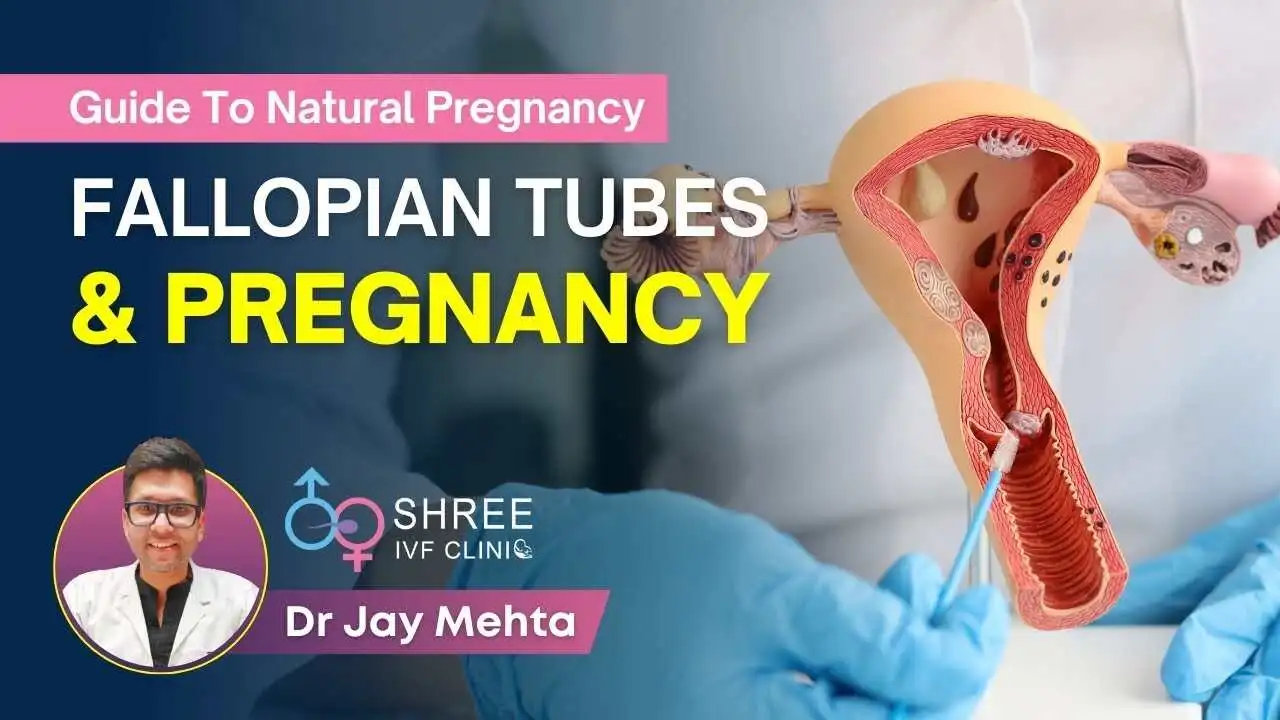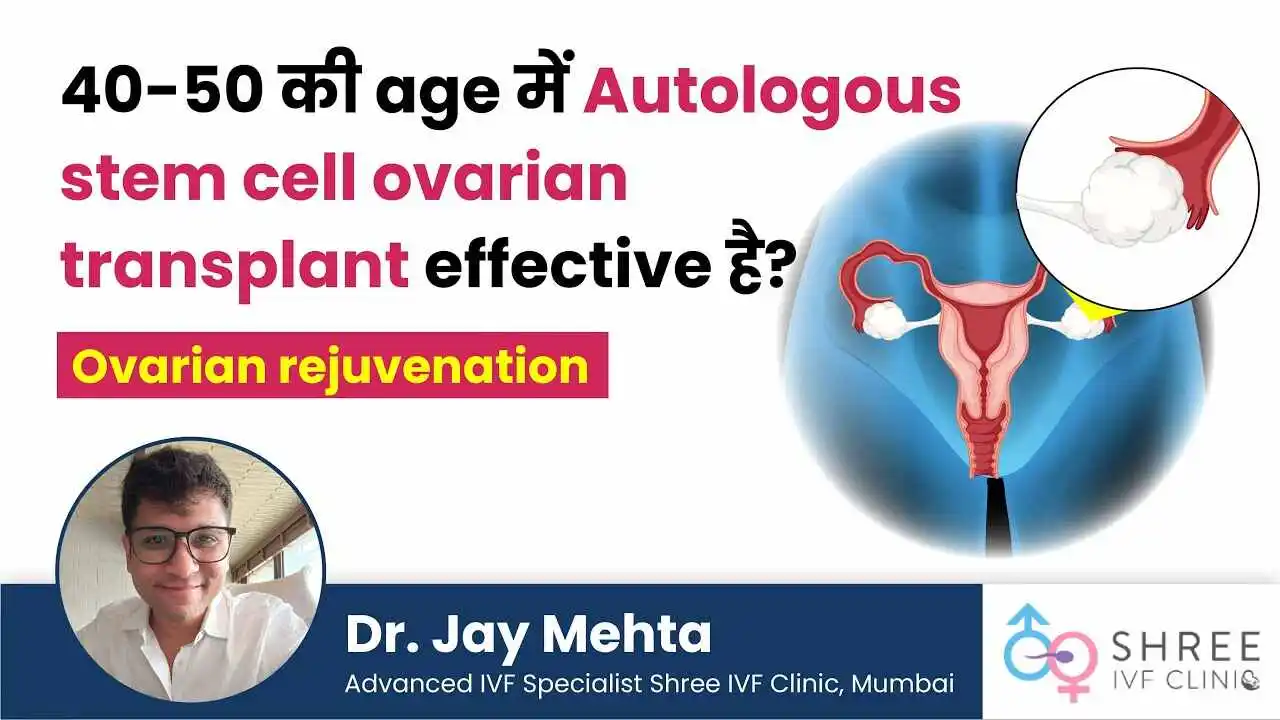Treatment for the Sperm Morphology | Dr. Jay Mehta
UPDATED ON 20th MAR. 2023
AUTHOR
Dr Jay Mehta
Scientific Director & IVF Specialist with 10+ years of experience
TREATMENT
CONDITION
GET IN TOUCH ON
As we know, testosterone plays a vital role in the formation of sperm cells. So for a sperm cell to be normal, a body must have enough testosterone value.
But that’s not all; another hormone, Oestrogen, is often ignored. Oestrogen, too, plays a vital role in Sperm Morphology.
Now if you are wondering why Oestrogen is a female hormone, how it’s present in males and why it’s important in sperm morphology?
You are correct that Oestrogen is a female hormone, but it’s also present in males. More importantly, it plays a vital role in sperm formation. A proper combination of Testosterone and Oestrogen is important in the testes for sperm formation.
Antioxidants also play a critical role in the formation of healthy Sperm. And the best antioxidant available in India is homemade Chyawanprash.
Another critical factor that affects sperm morphology is obesity. Once you get obese, the level of Oestrogen rises in the body, causing the formation of defective Sperm.
Now, let’s move on to the best treatments for Sperm Morphological defects.
Treatments for Sperm Morphological Defects
If you are diagnosed with Sperm Morphological defects, your first step should be to repeat the test at a good IVF clinic or a certified laboratory.
But if the repeated test shows the same result, you will have to take certain steps to tackle this issue.
Start eating antioxidant food, take necessary antioxidant medications if needed, reduce weight, and adopt a healthy lifestyle.
Most importantly, visit a specialist who can help you create a balance between testosterone and Oestrogen.
A complete sperm cycle is around 65 to 90 days. In general, your treatment for Sperm Morphological defects lasts for up to 3 to 6 months.
So do not rush for the results after a week or two of starting the therapy; patience is vital here.
But what if the test results show the same numbers even after 6 months of treatment?
Well, in such a case, you have two options available:
- ICSI (Intracytoplasmic Sperm Injection):
Here, the doctors try to fertilize ṣthe egg with Sperm using up to 400 times magnification. - IMSI (Intracytoplasmic morphologically selected sperm injection):
Here, the doctors try to fertilize the egg with Sperm using up to 6000 times magnification.
Remember, there is a minor difference in the results of both of these treatments. Although IMSI is an advanced treatment option, there is not much variation in the results.
But before you make any decision, always consult a specialist.
We repeatedly ask you to consult a specialist because only they have the experience and expertise to help you with your condition.
Trying treatments on your own might not get the desired results and, in fact, cause some irreversible damage.

4,790+
379K+
Wrapping Up
Being diagnosed with defective sperm morphology is normal. There is no need to stress out. All you have to do is alter your lifestyle and consult a specialist.
In almost 90% of the cases, changing lifestyle, consuming antioxidant food and medication and losing weight do the trick. For the remaining 10%, the options of ICSI and IMSI are open.
If you have some doubts or confusion related to Sperm Morphology, feel free to reach out to our experts. We are always here to assist you.
AUTHOR
Dr Jay Mehta
Scientific Director & IVF Specialist with 10+ years of experience
CONDITION
CALL US 24/7 FOR ANY HELP
GET IN TOUCH ON
Share Article on
Recommended Reading
Best Sex Position to Get Pregnant Naturally
Best positions to get pregnant—try missionary or using pillows under your hips. Small changes can boost your chances of conceiving
Importance of the Fallopian Tubes in Fertility
Blocked fallopian tubes can prevent natural pregnancy. Understand their role and explore solutions for boosting your fertility
Ovarian Stem Cell Transplant (Age 40-50): Does It Work?
Stem cell ovarian transplant may help restore fertility and hormone levels in women 40-50, but its effectiveness remains under clinical research




